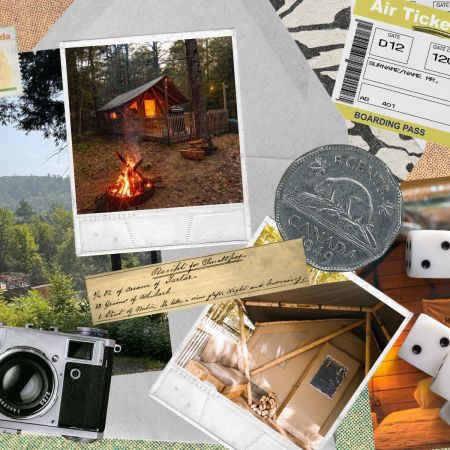“The farther one gets into the wilderness, the greater is the attraction of its lonely freedom,” opined Teddy Roosevelt.
The U.S. is home to 59 national parks, all protected by U.S. Department of Interior, along with many, many more national lakeshores and other protected areas affiliated and operated by the National Park Service*.
Thanks to former president Roosevelt, who saw the need for preservation, these scenic lands — be they green spaces, canyons, mountains or islands — remain some of the greatest altars at which to pay homage to Mother Earth.
A good time to start paying homage?
Tomorrow, when the 100-year-old National Park Service kicks off a week of free admission for National Park Week (April 16th-24th).
In lieu of Yellowstone, Yosemite or the Grand Canyon, we’re here to suggest several parks that are easy to overlook, but just as admirable.
American Samoa
Like Guam, American Samoa is an American tropical paradise. But few know it’s home to a National Park situated on three islands — Tutuila, Ta’u and Ofu — and encompassing 9,000 acres. Coral reefs and rainforests abut mountains and white sand beaches. Look for seabirds and fruit bats or learn about Samoan culture, which is promoted through the Park Service. Snorkel or dive among 250 species of coral but bring your own gear, as the island doesn’t provide outfitters like some other South Pacific locales.
Image via Paxson Woelbler
Gates of the Arctic, Alaska
Much of Alaska is wild and untamed — and no area more so than Gates of the Arctic. Our northernmost National Park, which became part of the system in 1980, encompasses more than eight million acres of wilderness. You’ll find granite peaks next to boreal forest, black spruce and alpine tundra. Blink and you might miss the Arctic caribou or muskox on the run. Visitors can only fly or hike into the park, as roads don’t exist. Guides suggest hiking the expanse five miles at a time starting in mid-June, when temperatures rise and the ice thaws.
Arches, Utah
Red rocks have long enthralled the American pioneer spirit, and Arches in Moab, Utah, has one of the most scenic collections in the nation. More than 2,000 stone arches can be found here, each displaying a kaleidoscope of colors depending on the time of day and season. Visitors can camp at more than 50 sites, but you’ll need to book early, as spots fill up in high season. Hiking trails abound, and the Fiery Furnace is the most popular due to its narrow, sandstone passages. Rangers lead guided tours, and the park does dole out solo hiking permits on a case-by-case basis.
Isle Royale, Michigan
Isle Royale in Michigan’s Upper Peninsula is a veritable mecca of solitude. Here you can canoe or kayak with nary another person around for miles. Hiking and scuba diving are also popular pastimes and porcupines, red squirrels and moose are common sights. Due to its remote location in the middle of the lake, access to and from the island is limited to ferry or seaplane.
Congaree, South Carolina
Congaree in South Carolina is a treasure trove of wetlands and forests that can be appreciated by the whole family. Novice hikers can explore the many trails around the nearly 27,000-acre park as they admire the old-growth trees overhead. Canoers and kayakers often spy river otters and turtles (sorry, no dueling banjos here) on the banks of the Congaree River. Backcountry camping is free, but you’ll need a permit.
—Shandana Durrani
*A wonderful explanation on what constitutes a National Park, courtesy of a former park superintendent (and father of InsideHook’s National Editor): “There are only a select handful of National Parks, and the rest of the 400+ publicly owned units of the National Park System are also managed by the National Park Service. Areas have many categories: national lakeshores, national rivers, historic sites, monuments and numerous other designations. All are managed under the same policies and treated as equally of national significance. National Parks are typically those areas with a variety of nationally significant resources (e.g., Yellowstone and Yosemite). There are some exceptions, usually resulting from local political manipulations. Everyone wants a National Park in their district; few qualify by having the breadth and variety of nationally significant resources.”
Main image via Albert Herring
This article appeared in an InsideHook newsletter. Sign up for free to get more on travel, wellness, style, drinking, and culture.
























